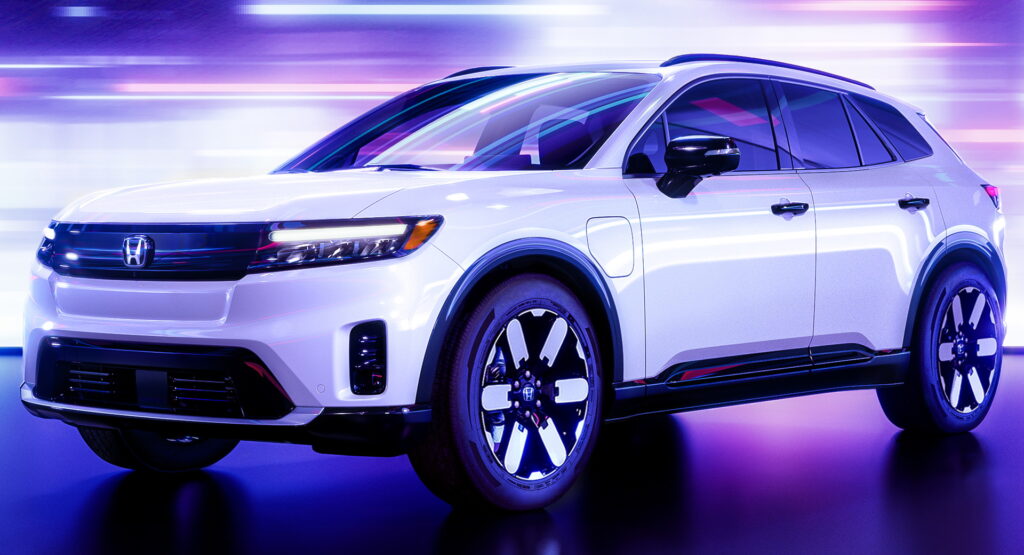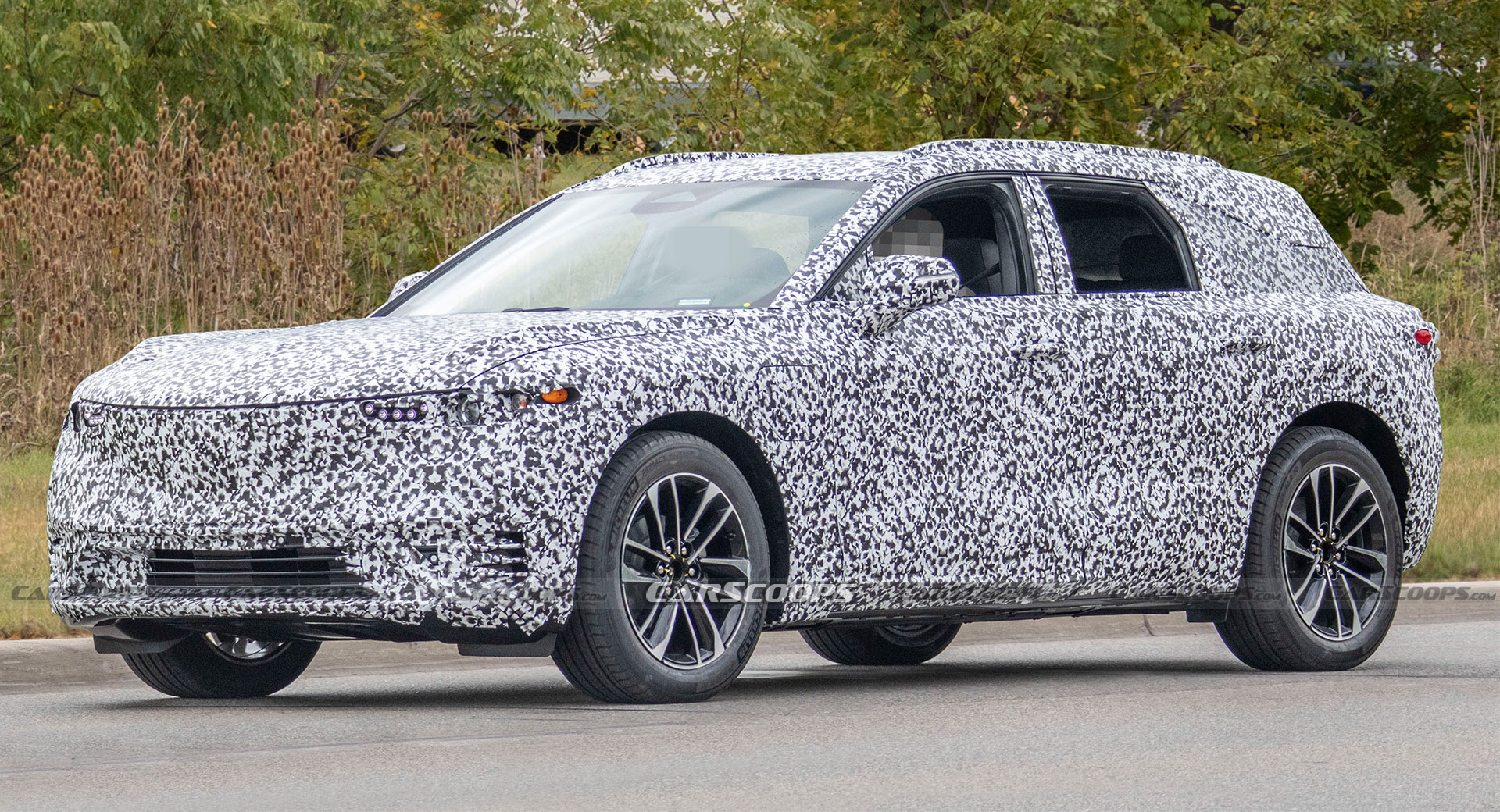Changes to the EV tax credit system have left many foreign automakers fuming. New rules that demand vehicles must be built in North America and feature home-grown battery tech to qualify for credits have effectively made scores of EVs instantly more expensive. But not Honda’s upcoming electric SUVs.
Partnering with General Motors was a smart way for Honda to fast-track its EV progress, but the Japanese company couldn’t have known at the time exactly how beneficial that move would be due to unforeseen changes to the way EV tax credits are doled out.
We’re talking here about the Honda Prologue and Acura ZDX, two new electric vehicles that are going to be key to helping Honda catch up with other automakers whose EV rollout has left Honda lagging behind. The Prologue is twinned with Chevrolet’s Blazer, while the ZDX is paired with the new Cadillac Lyriq, and both Hondas will be built in GM plants in North America.
Related: 2024 Acura ZDX Electric SUV Is The Honda Prologue’s Posher Sibling
Using GM’s factories and Ultium battery technology will save Honda millions of dollars that it would otherwise need to spend developing its own hardware and potentially building somewhere to make the SUVs. But as Automotive News highlights, what Honda couldn’t have imagined is how the tax credits program would be reconfigured in its favor.
Previously, the only limit on tax credits was a 200,000-unit production cap which Tesla had hit long ago. Honda, being relatively slow off the grid with its EV offerings, would have qualified under the old scheme, and still does under the new one thanks to the GM connection, so you might be wondering where the advantage is. The answer is in the number of rival car companies, including Asian brands like Kia and Hyundai, whose EVs are now excluded from the scheme, potentially making them more expensive, and giving Honda and Acura a bigger slice of the market. It’ll be fascinating to see whether Honda capitalizes on that advantage, and how slim rival automakers can slice their margins to remain competitive.









